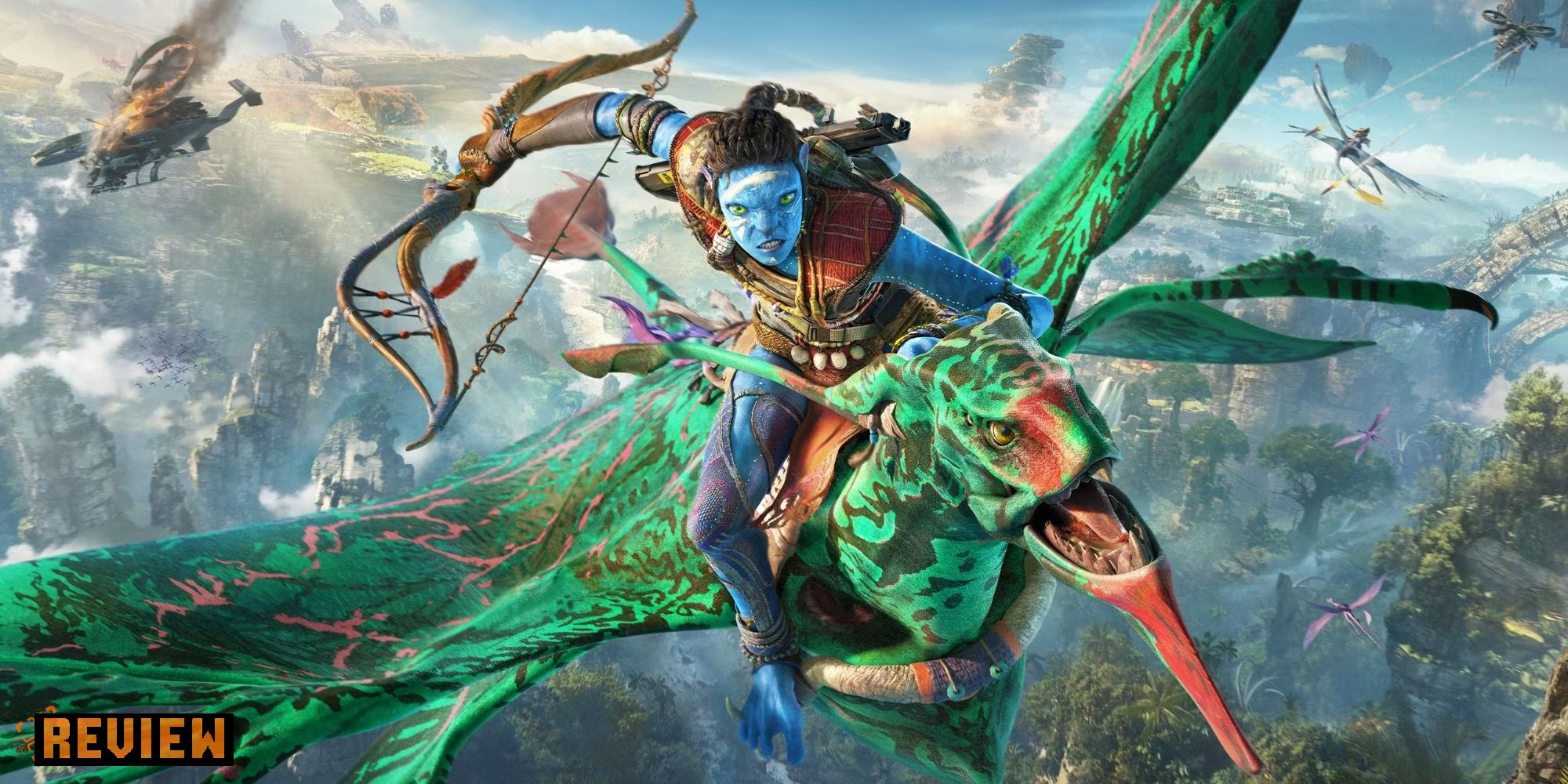If you ask me, the more customization options a game has, the better. Some will cling to an attachment to the sanctity of a ‘developers vision’ until their dying breath, but not me. I want to enjoy the games I buy, which sometimes means tweaking settings and gameplay features until it offers the best experience for me. Sometimes a basic difficulty slider just isn’t enough, and I appreciate having the ability to tailor games to fit my interests and play style.
Settings that allow you to fine-tune games have become a lot more common recently, and many games present you with a list of options to consider before even starting them up. Avatar: Frontiers of Pandora has quite a few options that go above and beyond difficulty and accessibility, but its most important one is easy to overlook. In the navigation setting, you are presented with two options: exploration or guided. Since you haven’t yet started the game, it’s hard to say which one is best for you. I implore you to stick with exploration. While it may seem like more work, you’ll be missing out on one of the best things about this game if you choose the other option.
Guided mode will give you the default quest tracking experience that you’ll find in practically every open world game, including all of Ubisofts. When you track a quest you’ll be given a marker to follow on the compass at the top of your HUD. Sometimes it will lead you directly to the next thing you need to interact with, and sometimes it will lead you to the general area you need to search. When you’re close enough to your objective, you can always use your detective mode-esque Na’vi sight, which will reveal your next objective as a glowing beacon of light.

Avatar: Frontiers of Pandora Review – I Did Na’vi This Coming
Avatar: Frontiers Of Pandora brings the world of Avatar to life with incredible accuracy and attention to detail.
This is what you’re used to getting from open-world games, and it’s easy to see how much that level of direction impacts the way you experience the world. Because you never have to think about where to go, quest markers tend to lull you into a state of passive play, just moving from glowing icon to the next on autopilot. It encourages you to take the shortest path between objectives, which has the effect of causing you to rush through the game and ignore everything that isn’t on the critical path.
Exploration mode is the exact opposite of guided mode. It offers a hands-off approach to quest tracking and navigation that forces you to use resources, context, and intuition to find your way around the world. Instead of a bright glowing beacon to follow, all you’ll have to go on is a description of where you want to go and a few clues for how to get there. It leaves you to your own devices, which results in a lot more exploration and a deeper connection to the world around you.
This can be frustrating at times. It isn’t the way we’ve been taught to play games, and it can leave you feeling lost without enough direction to know where to go. The map is enormous, and it can feel like you’re wasting your time when you wander off in the wrong direction, especially if you’re intent on getting to the next objective in the main story.
That’s something you have to embrace in exploration mode, at least to some degree. Any direction you go leads to more world to explore, so even if you end up somewhere you didn’t intend, you’re still bound to find new useful things, and learn more about the geography of the Western Frontier while you’re at it. If you can relinquish the notion that going off the path is a waste of time, then you’ll always find something rewarding when you explore, even if it’s not where you initially intended to go.
If you ever get annoyed trying to find something on your own, you can turn off exploration mode and turn it back on pretty easily.
But you’ll also learn how to navigate the world better the more time you spend in this mode. The map has a lot of clues to help you get around even if things aren’t labeled. You may not know where the Crimson Forest is the first time you’re told the venture there, but you can probably spot the crop of red treetops on the map. That isn’t intuitive at first because we aren’t trained to find things ourselves in games like this, but it’s a far more rewarding way to play.
If you ever get lost and frustrated, you can always toggle guided mode back on in the settings and beeline straight to your objective, no problem. But the more time I spent in exploration mode, the more of the world I saw and the more immersed I found myself in it. Your character is discovering Pandora for the first time, so it’s natural to feel a little lost in the forest at first. The world becomes easier to navigate as you become more familiar with it, and as it becomes your character’s home.
Guided mode is perfectly valid if you don’t have the patience or interest in that kind of experience, but if you want to get the most out of Avatar and really see what Pandora has to offer, Exploration mode makes this game so much better.
Leave a Reply